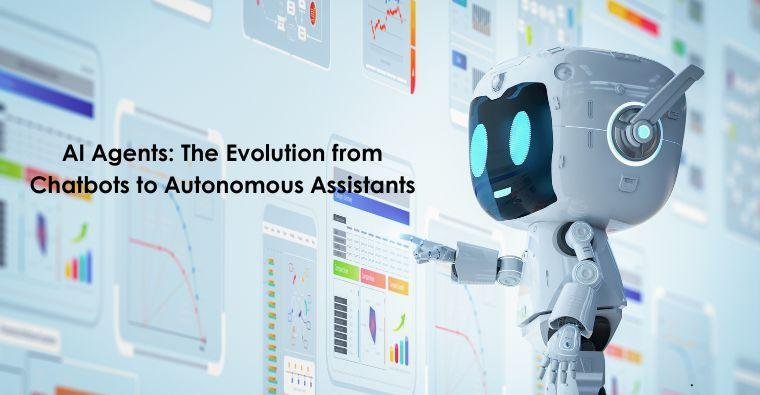Smart Irrigation Systems
Water is one of the most crucial resources in agriculture, and its efficient use directly impacts crop yield and farm profitability. Traditional irrigation methods often lead to water wastage, increased costs, and inefficient crop growth. However, with advancements in technology, smart irrigation systems have emerged as a revolutionary solution, helping farmers optimize water usage while boosting productivity. In this blog, we’ll explore the benefits, components, and future of smart irrigation systems and how they are transforming modern agriculture.
What is a Smart Irrigation System?
A smart irrigation system is an advanced watering technology that automates and optimizes the irrigation process based on real-time data. These systems use sensors, weather forecasts, soil moisture levels, and AI-powered analytics to deliver the precise amount of water required by crops, reducing waste and improving efficiency.
Benefits of Smart Irrigation Systems
1. Water Conservation
One of the primary advantages of smart irrigation is water efficiency. These systems ensure that water is used only when and where it is needed, preventing overwatering and reducing water wastage by up to 50% compared to traditional methods.
2. Increased Crop Yield and Quality
By delivering the optimal amount of water, smart irrigation systems promote healthy plant growth, leading to higher yields and better-quality crops. Proper hydration prevents plant stress and nutrient loss, improving overall productivity.
3. Cost Savings on Water and Labor
Automated irrigation reduces the need for manual labor, lowering operational costs. Additionally, by minimizing water waste, farmers can significantly cut down on water bills, making farming more cost-effective.
4. Real-Time Monitoring and Control
Modern smart irrigation systems come with mobile apps and cloud-based platforms, allowing farmers to monitor and control irrigation remotely. They can adjust schedules, track water consumption, and receive alerts about potential issues.
5. Climate Adaptability
With climate change affecting rainfall patterns, smart irrigation systems adjust water distribution based on weather forecasts. This adaptability helps farmers cope with droughts and unpredictable climate conditions.
Key Components of a Smart Irrigation System
1. Soil Moisture Sensors
These sensors measure moisture levels in the soil and relay data to the system, ensuring that water is supplied only when needed.
2. Weather-Based Controllers
Also known as ET (Evapotranspiration) controllers, these devices use weather data to adjust irrigation schedules dynamically.
3. Drip and Sprinkler Systems
Smart irrigation systems integrate drip irrigation and precision sprinklers to distribute water efficiently to crops, minimizing runoff and evaporation.
4. IoT and Cloud-Based Technology
Internet of Things (IoT) technology enables remote monitoring and automation, allowing farmers to manage irrigation from anywhere via smartphones or computers.
5. Automated Valves and Pumps
These components regulate water flow, ensuring that the right amount reaches each crop at the right time.
Future of Smart Irrigation Systems
With advancements in AI, machine learning, and big data analytics, smart irrigation will continue to evolve. Future systems will have self-learning capabilities, automatically adjusting irrigation schedules based on long-term crop performance and soil health data. Additionally, integration with renewable energy sources like solar-powered irrigation systems will further enhance sustainability.
Conclusion
Smart irrigation systems are revolutionizing modern farming by making water usage more efficient, improving crop health, and reducing operational costs. As climate change and water scarcity become growing concerns, adopting these advanced irrigation solutions is no longer just an option—it’s a necessity for sustainable agriculture. Farmers who invest in smart irrigation today are securing a more profitable, efficient, and environmentally friendly future.
FAQs
1. How much can smart irrigation systems reduce water consumption?
Smart irrigation can reduce water usage by 30-50%, depending on the system and crop type.
2. Are smart irrigation systems expensive?
While initial costs may be higher, long-term savings on water and labor make them a cost-effective investment.
3. Can smart irrigation systems work with existing irrigation setups?
Yes, many smart irrigation solutions can be integrated with traditional irrigation systems for better efficiency.
4. What types of farms benefit most from smart irrigation?
Smart irrigation is beneficial for all types of farms, including small-scale, large-scale, and greenhouse farms.
By embracing smart irrigation systems, farmers can take control of their water usage, improve crop yields, and contribute to a more sustainable agricultural future. 🌱🚜




